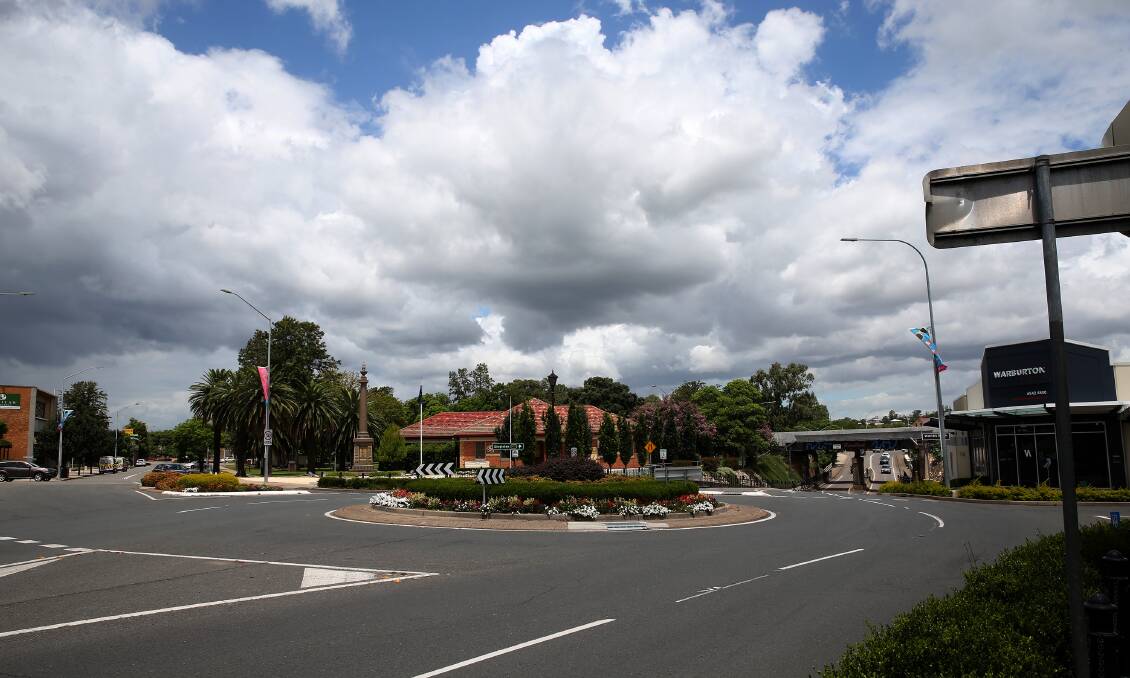
Last week's census numbers are a warning for Muswellbrook. They reveal a shire with widening, worrying cracks.
Subscribe now for unlimited access.
or signup to continue reading
At the 2021 census, Muswellbrook shire was home to 16,357 people, up by a mere 271 over 2016. Muswellbrook isn't growing like Singleton and Cessnock local government areas down the valley.
Indeed, were it not for a substantial increase in Muswellbrook folk aged 55 years and above - a rise in the number of local retirees, mostly - the shire's population would be in decline.
The details tell the story. Muswellbrook is losing its young people. Sure, country towns have always experienced out-migration in the 15 to 24 age brackets. In recent decades in Muswellbrook, though, the outflow of the young has been more than matched by local growth and in-migration. But this counter-balancing seems to have ended.
There are ample resources to fund the transition, in the coffers of both the NSW Government and the mining companies.
The outflow is led by young women, the group who benefits least from mining employment. Evidence from the census suggests these leavers are Muswellbrook's best and brightest. Smart young women are packing their bags and leaving town.
For Muswellbrook, fewer young women means there are fewer infant-aged children. The number of 0 to 4 years old kids in the shire fell by 214 between 2016 and 2021. This will mean at least ten teachers will lose their jobs when this age group enters its school years. Then, more smart young women will leave the town.
The other significant population decline in Muswellbrook is in the 45 to 54 years group, with a loss of 151 residents between 2016 and 2021. This is a significant fall off - this age bracket contains the most productive, highest earning, workers in any local economy. My guess is that these are early movers, those sniffing the breeze and realising the long-term future of the Muswellbrook economy looks grim.
We know lots of things about what happens to a mining town in decline, such is the repeated history of boom and bust in extractive industries all over the world. A one-sentence summary goes like this: There are those that get out early, and resettle successfully elsewhere, and there are those who are left behind.
The leavers, as we are starting to see in the Muswellbrook statistics, are likely to be more qualified, or on their way to complete post-school training. The better qualified compete successfully for jobs elsewhere. As early leavers they sell their local property before prices fall.
The remainers lack the formal skills required in economies elsewhere. Many can operate a specialised piece of mining equipment or drive a huge truck. But without qualifications they're not sought after in an advanced services economy. They face low paid, often casual, work. They won't be paid enough to afford high rents or get a mortgage in hideously expensive urban housing markets. Moreover, their family's house back in Muswellbrook will have plummeted in value once outward migration rates accelerate.
Right now, world coal prices are at record highs, as are NSW Government mining royalties, as a consequence. But the coal exit is underway, nevertheless. Both of Muswellbrook's giant coal-fired power stations are closing, Liddell next year, and Bayswater around 2032. The shire's biggest mine, BHP's Mt Arthur, will close in 2030, burying 2000 Muswellbrook jobs. Australia's other global mining company, Rio Tinto, left the valley in 2018. The future of Rio's old Muswellbrook mines depends on the investment appetites of their new owners. Mt Pleasant is in the hands of the Salim Group, a vast diversified company based in Indonesia. The other, Bengalla, is owned by local strategic investor, WH Soul Pattinson.
There's a pattern here - when your business is done, be you mining company or young person with a future, you leave. The rest get stuck.

The bitter end to the mining economy in Muswellbrook has started. Now is the time for a genuine transition program to manage the exit, of both companies and people. There are ample resources to fund the transition, in the coffers of both the NSW Government and the mining companies.
At stake is a town that has generated enormous wealth for this state, and hosted tens of thousands of mining workers and their families. It's time to act.
Abandoned mining towns never look pretty.
Phillip O'Neill is professor of economic geography at Western Sydney University
Our journalists work hard to provide local, up-to-date news to the community. This is how you can continue to access our trusted content:
- Bookmark: newcastleherald.com.au
- Download our app
- Make sure you are signed up for our breaking and regular headlines newsletters
- Follow us on Twitter
- Follow us on Instagram
- Follow us on Google News

